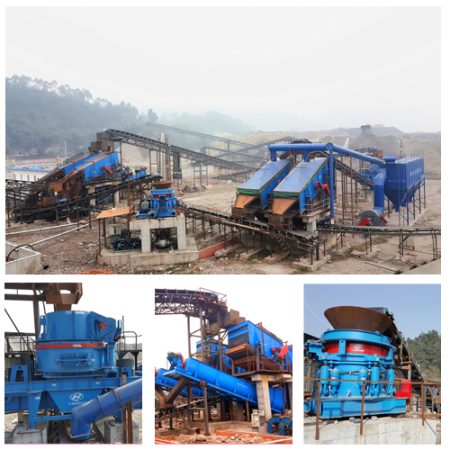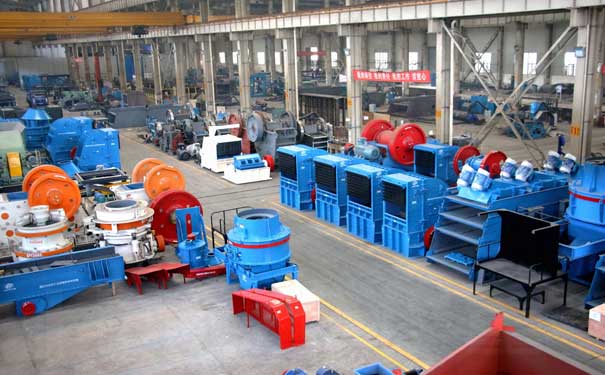The crusher is necessary heavy industry equipment for sand making, but the choice of crusher is also different because of the physical characteristics and structure of the material to be crushed. From the perspective of product performance, crushing is divided into coarse crushing, medium crushing and fine crushing. Therefore, there are many different models of crushers.
The crusher is roughly divided into 5 categories: hammer crusher, cone crusher, impact crusher, jaw crusher, sand making machine. For the dazzling array of crushing equipment on the market today, finding crushing equipment that suits you can not only save materials and shorten the time required for crushing, but also reduce the self-loss of the equipment itself.

First of all, let’s talk about the three standards of broken.
The materials that can finally be crushed into finished products of about 100mm are collectively referred to as coarse crushing.
The materials that can finally be crushed into finished products of about 30mm are collectively referred to as medium crushing.
The materials that can finally be crushed into finished products of about 3mm are collectively referred to as fine crushing.
5 major working principles of mechanical energy crushing:
Breaking type: breaking the ore into small pieces by bending force.
Impact type: use strong impact force to crush the material, the crushing is relatively large, and the crushing efficiency is high.
Squeeze type: use the pressure between the two working surfaces to slowly squeeze the material to achieve a crushing effect.
Grinding type: make the working face move relative to the ore when it is moving, and then use pressure and shear to crush the ore.
Splitting type: Utilize sharp edges and a working face with sharp edges to squeeze the ore to form a force, and finally it will split linearly under pressure to finally achieve the crushing effect.

So what are the advantages of different crushers and what should be paid attention to?
Jaw crusher: The advantages are low price, simple manufacturing process, strong usability, simple and clear structure, convenient maintenance and repair, and reliable working performance. It should be noted that the crushing is relatively small, the crushing is relatively inconsistent, and the efficiency of uneven discharge is slightly lower.
Cone crusher: The advantages are large crushing ratio, high efficiency, low energy consumption, uniform output product size, especially suitable for medium and fine crushing of materials, low wear and low loss, low dust generated in the production process, high environmental protection, and need note that because the structure of the cone crusher is very complicated, the impact is bound to be difficult to maintain, and the price is very high.
Impact crusher: The output material has small particle size, low energy consumption, simple structure, convenient maintenance, and high output. It should be noted that the impact crusher is mainly used in the second crushing, and the fine crushing is the main.
Sand making machine: The output granularity can be adjusted, the output is high, the energy consumption is low, the structure is simple and easy to maintain, and the output material is uniform in grain shape. It should be noted that the liner is very easy to wear, so the later replacement and maintenance workload is particularly heavy, and the dust is very serious.
Hammer crusher: simple structure, low difficulty in operation, small weight, suitable for transportation, simple maintenance, it is necessary to note that the hammer head of the crusher wears very fast, and it needs to be replaced every once in a while, which increases the overall production cost.

